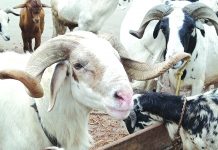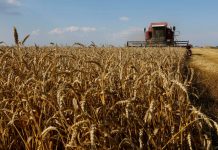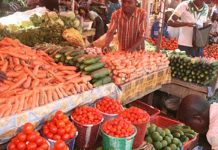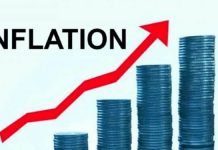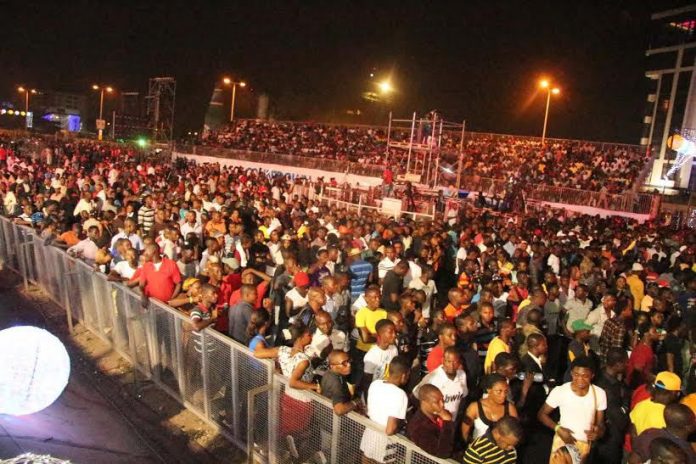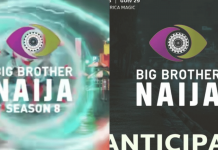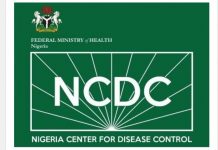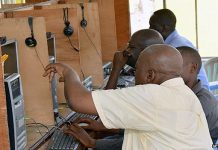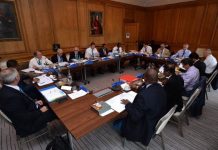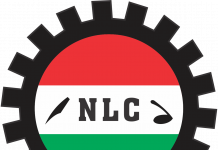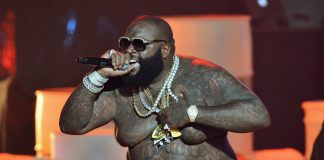By Mxolisi Ncube
The crowd in the park gave out roars of approval as the next act was announced: Mothusi Bashimane Ndlovu, one of Zimbabwe’s most popular singers and actors, who took to the stage with a small axe in hand. It is the trademark prop of his most famous role, Madlela Skhobokhobo: a Zimbabwean migrant struggling to make it in South Africa.
The hearty artist, who now lives in Johannesburg, sent the crowd at Alec Gorschel Park in Hillbrow, Johannesburg, into a frenzy as he belted out one of his comical hits, “Bheyapeya.” “During our shows, attended by both locals and migrants, we preach messages of tolerance. The idea is to build one Africa based on love and unity.” –Mcasiseli Gwaza-Gwaza of Bayethe Music
Bashimane was one of many migrant performers spicing up Johannesburg’s Heritage Day celebrations last week, a show organized each year by Inqama, a wholly Zimbabwean youth cultural group headquartered in Johannesburg.
It was a social cohesion event, of sorts: nine years after South Africa experienced what was arguably its worst xenophobic violence, in which at least 62 people died, thousands were displaced and property worth millions of rands was either looted or destroyed during the attacks in May 2008. Attacks have taken place in several flare-ups since.
But the feel of events like the Heritage Day celebration reflects the attempts by average people on the ground to try and tame the scourge of xenophobia and foster social cohesion between locals and migrants.
While it has largely been seen as the duty of government officials and non-governmental organisations to bring migrants and locals together in peace-building initiatives, these promoters and musicians have seized the initiative. Operating on a low or zero budget, they have held musical shows, built inter-country fan bases for musicians, held inter-country tours, initiated collaborations and brought together some traditional, political and community leaders from the two countries.
There are 2.1 million migrants in South Africa, according to the 2011 census — about 4 percent of the “Rainbow Nation’s” population.
During a regional integration and migration trends briefings in 2015, the International Organisation for Migration (IOM) said these were a result of push factors that facilitated migration included lax border control, the long and porous borders, internal conflict and dysfunctional governments. Factors that exacerbated regional migration included trafficking in persons, smuggling drugs, arms and money laundering. Poverty was identified as a major push factor.
The largest percentage of migrants in South Africa are said to be Zimbabweans, many of whom have fled their country due to economic crisis and political repression.

